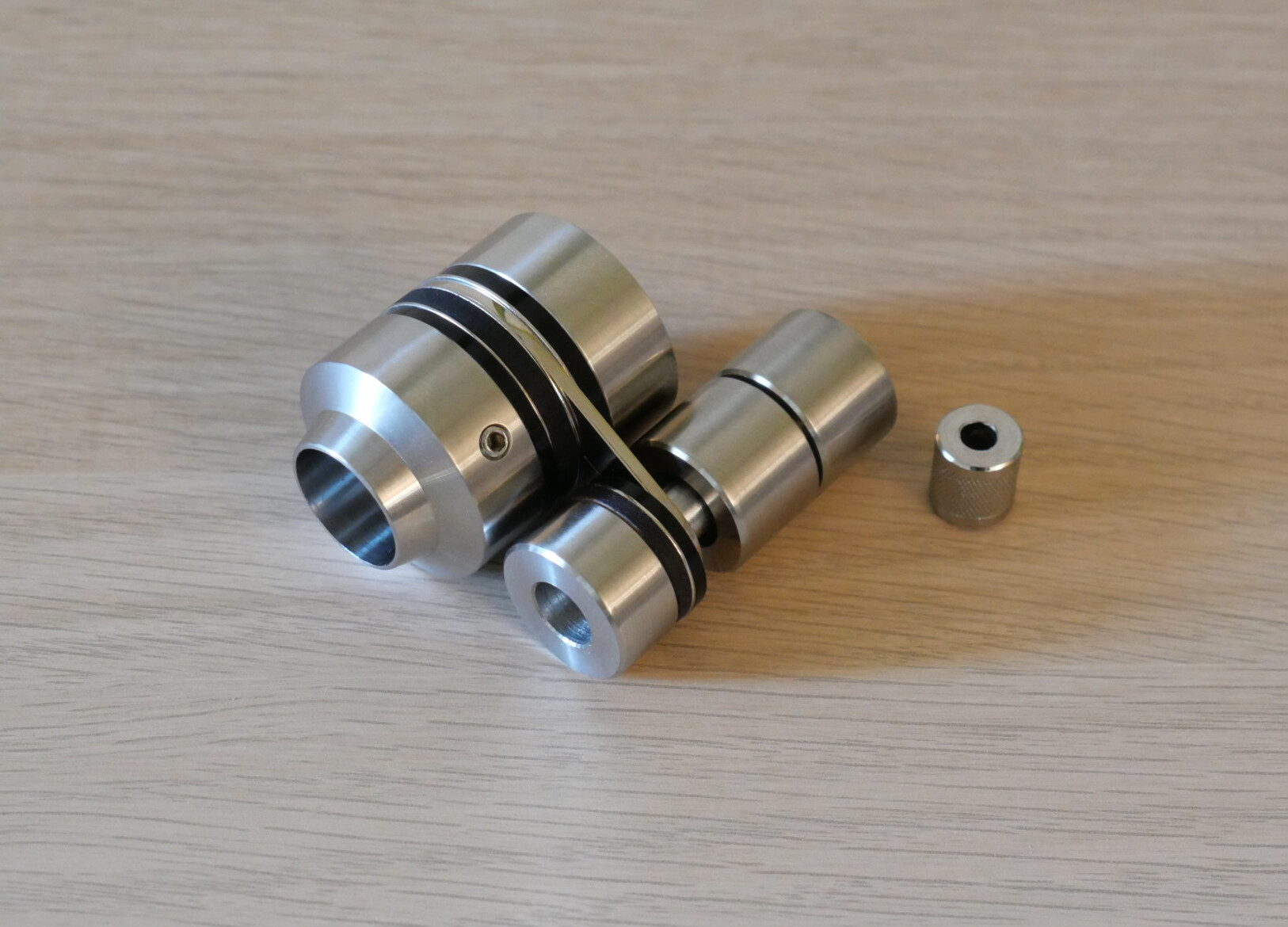You’ll hear exactly the same effect in the exposed percussion of the West Side Story Prelude (Maestro OST, DGG 486 5564): plenty of attack but a loss of bottom-end body and substance. It’s swings and roundabouts – and the sheer speed of the notes certainly restores some power – but there is no question that there’s weight missing here. Whether that worries you, whether you prefer the immediacy and detail of the Enterprise to the substance and weight of the Kuzma – that’s in the ear of the beholder and in the demands of their system and the music they play. Ironically, to some extent, the wider the bandwidth of your system, the less you’ll miss the weight: weight which so often compensates (or attempts to compensate) for limited low-end extension. In the same way, play ‘Senses Working Overtime’ (XTC, English Settlement, Virgin V2223) and the Enterprise sorts out the interlocking layers, clashing percussion and maintains the insistent rhythm with an astonishing grace and ease. I don’t remember ever hearing the shape of the sculpted bass notes quite as clearly as I can with the Etna/Enterprise pairing.

Mark Baker feels that counterweight mass acts somewhat differently in the case of the OL tonearms, partly because of the massive bearing yoke. While he agrees that, in most arms, moving the counterweight as close to the pivot point as possible is wholly beneficial, in the case of the Enterprise and the other dual pivot arms in the OL range, it’s more of a trade-off: Closer to the pivot increases bass articulation, further increases bass weight. As I’m already using the lightest, supplied counterweight combination, it’s not something I’ve been able to investigate, but steps are underway to get me a lighter main counterweight assembly to experiment with. I’ll report back in due course. Thankfully, I’m in the fortunate position of having both genuinely wide bandwidth systems and a predilection for the clarity, agility and articulation that goes with a preference for acoustic music in general. In that context, this Enterprise ticks an awful lot of boxes – and does so incredibly cost effectively.
Talking of price, how does the Origin Live arm stack up against the competition. Indeed, what is the competition? At £5,830 (inc. 20% sales tax) the Enterprise finds itself head-to-head with the 12” Alphason HR-200S and the SUPATRAC Blackbird. In some ways, the Alphason and Origin Live are cut from the same sonic and musical cloth, but where the HR-200S leans towards the sheer purity of its sound, the Enterprise offers greater clarity in both the temporal and spatial domains. It’s fluid grace and sure-footed rhythmic precision offers greater musical authority and insight – although I haven’t heard the Alphason with its elegant Azimuth adjustment incorporated, a modification that could well narrow the gap. The SUPATRAC is the Russel Crowe of tonearms. Boisterous, dynamic and full of musical energy, it injects enthusiasm into every performance. It’s just downright fun to listen to. But its off-beat set-up isn’t to everybody’s taste and cartridge alignment is way less than straightforward. Is it a great sounding tonearm? Yes it is. Is it easy to get it sounding great? Not so much… In contrast, the Origin Live is more classically understated and tractable. One is seat of the pants, edge of your seat enjoyable: the other is stable and highly, highly tunable. But both are capable of arriving at superbly engaging musical results, albeit from different directions.

